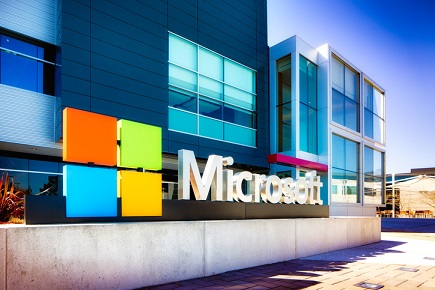
In February, Microsoft announced its commitment to helping Australians develop the skills required to thrive in the digital age, with the launch of its National Skills Program.
The announcement of the program was coupled with the release of a report titled Building Australia’s future-ready workforce, which includes recommendations on how Australia can prepare for the digital future.
To this end, Microsoft’s K-12 education school leader resources are helping principals equip students with the best tools and knowledge to help them become tomorrow’s innovators and leaders.
Below, The Educator speaks to Travis Smith, teacher engagement manager at Microsoft Australia, to find out more.
TE: In what ways do you believe Microsoft’s K-12 education school leader resources stand out from other teaching and learning tools when it comes to driving improved outcomes in Australian classrooms?
TS: A key differentiator of the resources that we provide school leaders, whether that be courses or workshops, is that they’re run by experienced educators and evidence based. For example, we have a course called ‘21 Century Learning Design’ which explores what learning looks like today and how innovative teaching practices can support student learning to develop key skills. It helps leaders and teachers to better understand the curriculum and to make a difference by developing soft skills such as problem solving and collaboration in students. And the framework is all underpinned by evidence based research which ultimately drives better outcomes for schools and students.
TE: Reports have shown that digital literacy among school leaders and educators in Australia is lacking. Can you tell us about the ways in which these resources are helping school leaders improve their own digital literacy and become effective ‘technology leaders’?
TS: Our approach to helping school leaders improve their own digital literacy is to provide tangible and technology driven tools. We’ve worked with various school leaders to help them use Microsoft OneNote as a vehicle to give feedback on several teachers and their Personal Development Plans (PDP). Professional development is an important aspect for every teacher and faculty member. A great use of OneNote is to capture professional development plans and feedback, and then share with school leaders. By gaining first-hand experience with these tools, it not only upskills educators in the latest innovations but simultaneously increases productivity and delivers better outcomes.
TE: Is there anything new and/or innovative that Microsoft in Education is doing in the year ahead that will benefit Australian school leaders?
The advent of artificial intelligence (AI) is set to disrupt the education landscape. It will revolutionize how schools use data to assess student performance and make data driven decisions. There will also be a shift from descriptive analytics to prescriptive analytics. Based on various data sources such as historical, behavioural and academic, systems will be able to make intelligent interventions with informed suggestions. For example, ‘Student X is at this point in their development. Based on past evidence, it’s suggested that you should take this approach.’
Personalised learning will also come on leaps and bounds thanks to AI. It will become one of the most common AI applications in edtech and for a good reason. With different students having different needs, there is no one best teaching practice that fits all. Advances in AI will make it possible to collect data on individual students and adaptable systems will present customised content and learning plans.


